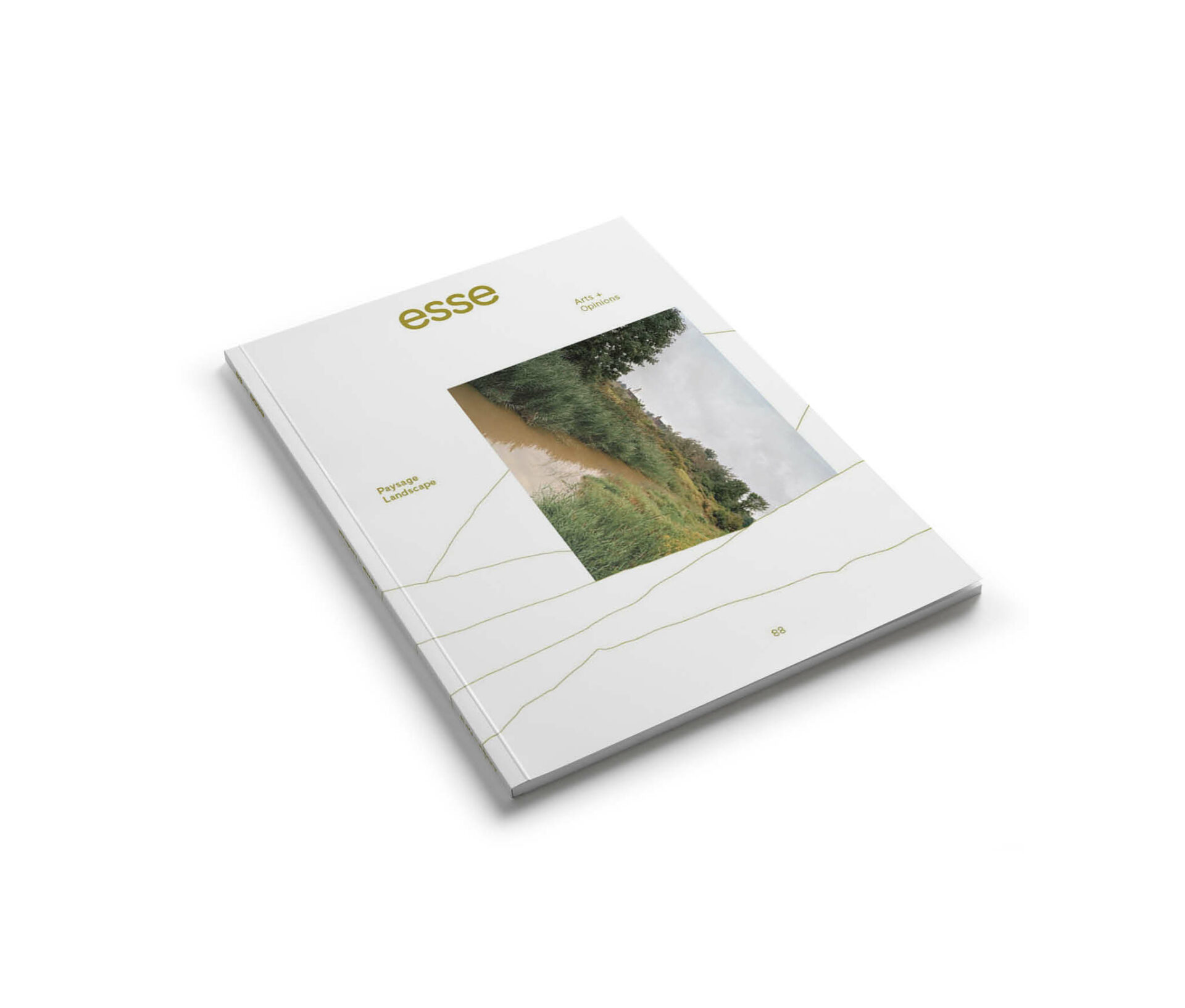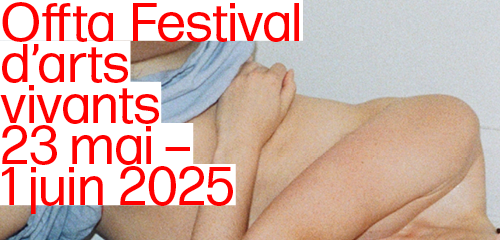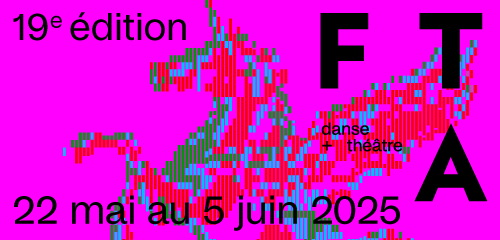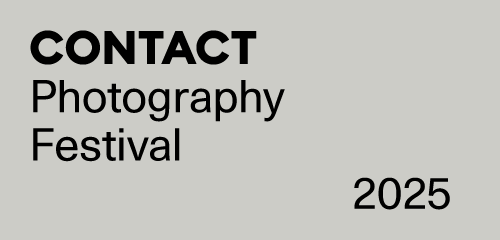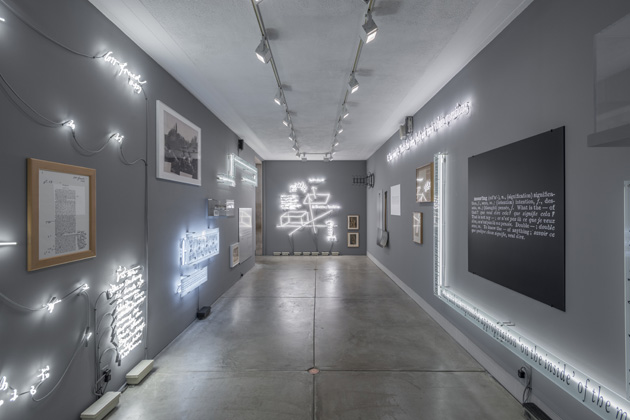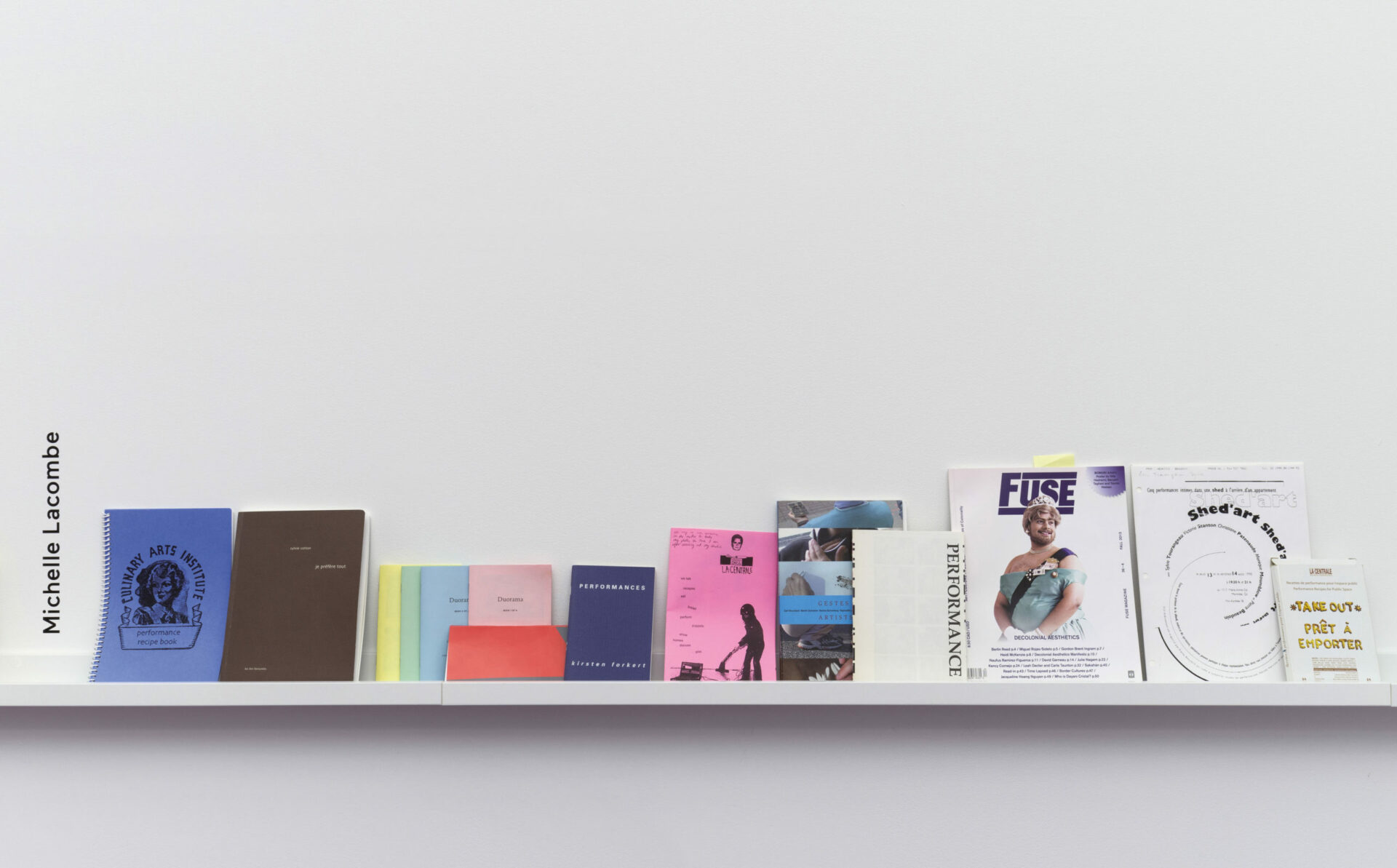Some Conditions May Apply: Sunameke and the Adaptation of Pacifica Cultural Practice for the 8th Asian Pacific Triennial (APT8), Brisbane, Australia

A’inaisa, 2015.
Photo : Pat Morrow, © Sunameke Productions
In November 2015, my good friend and contemporary artist, Numangatini Fraser Mackenzie (Numa) posted a series of photos on Facebook accompanied by the provocative caption: “Sunameke sisters activating… Show[ing] how their culture is […] censored by institutions and deemed inappropriate for the public. Even though you’re invited you still need to fit in the white box #apt8 #sunameke.”1 1 - Numangatini Fraser Mackenzie, Facebook post November 21, 2015, www.facebook.com/numa.mackenzie/posts/788055404651097.
The photos were Numa’s documentation of a performance and intervention called A’inaisa (a Mekeo word that roughly translates as “I am responsible for that”) by the Papua New Guinean/Australian performance group Sunameke, under the direction of Julia Mage’auGray.2 2 - Sunameke is comprised of a tight-knit group of women: performers, vocalists, film-makers, and traditional tattoo artists. The mandate is, “to… actively connect […] with and express […] Papua New Guinean heritage in an environment where such cultural appreciation and representation was not [regularly] demonstrated.”, “About Us,” Sunameke Productions, accessed April 1, 2016, www.sunameke.com/#!about/c1enr. Performed in November 2015, at the Queensland Art Gallery | Gallery of Modern Art (QAGOMA), A’inaisa centred around a young Papua Australian woman, Moale James, who is supported by Julia and seven other women, all members of Sunameke. Moale’s dress and the black geometric tattoos that covered her body and face, distinguished her from the uniform space of the gallery. Vibrant red, white, and black beaded necklaces draped over her chest and an elaborate, multi-coloured grass skirt accentuated her hips, ending just below her knees. Her head was crowned by an intricate string of shells and other natural materials, while her biceps and ankles were adorned with decorative bands. In contrast, Julia and the seven women were minimally ornamented, wearing simple black tank tops and skirts, carrying woven shoulder bags, and two strings of shells, one in each hand.
Create your free profile or log in now to read the full text!
My Account


